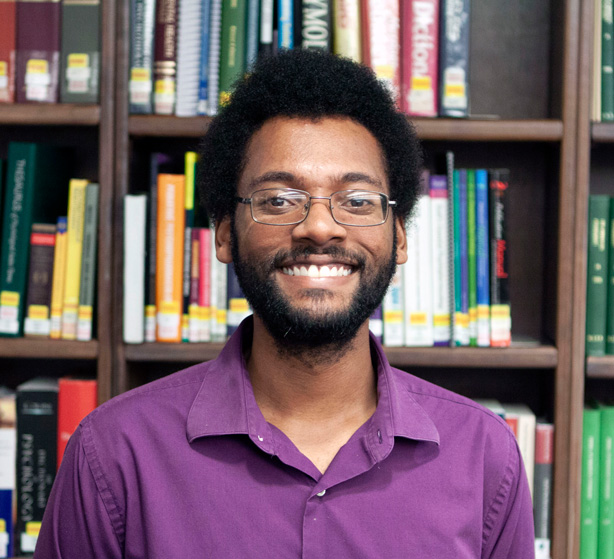Earth Day celebrates its 50th anniversary in 2020, in the time of global crisis amid COVID-19.
I think of the ecopsychological implications of this time as we approach Earth Day. With recent environmental movements of 2019, one may wonder what about 2020? It seems our lives have been immersed with the existential threat of COVID-19, dimming the spotlight on the reality of climate change.
Ecopsychological theory is rooted in Indigenous knowledge systems, which emphasis in the interdependence of humans and nature. We are an extension of nature, encapsulated in its supportive space. Our actions towards nature, inherently affect us too.
Reading and following the news, many stories have emerged that speak to the impact of the virus on our lives, from working at home, to job loss, to having to work with a new air of caution.
We are noticing smog clearing in places like Los Angeles, Delhi, and now our Great Lakes region. Meanwhile, we see reports of wild animal herds appearing in cities across the globe. Dolphins appearing in Venice, mountain goats in Wales, and many other animal sightings. Sea turtles in India have even been able to lay 60 million eggs!
If anything, the natural world’s apparent revitalization presents as an unexpected side effect of the pandemic, but I chose to see how the Earth mirrors the process of growth and resiliency.
The question remains, what does this say about humanity’s movement and productivity over the millennia? From an ecopsychological lens, there is a reflexive relationship that we have with the natural world. The manifestation of a virus is a natural phenomenon, showcasing the awe-inspiring and terrifying power of nature.
To bring humanity’s institutions, ideals, and ways of being to a halt invokes awe, confusion, and fear as I think about how quickly it took place. Our ways of being in the world has been inextricably altered, most likely for everyone’s lives going forward.
I sit at home, pondering these pieces and the future. Meanwhile, nature consistently invites us to reflect and stop, with every opening of the spring buds and the whispers of summer warmth and sun. As nature invites us to enter a healing space, how do we take time to listen?
This Earth Day, I take the opportunity to revel in the existential awe of nature, while also giving space to the need for healing. We are all experiencing a collective trauma event, a flashpoint in history that requires us to grieve the world that once was, while still wondering what our future holds.
I think nature holds that space for us, to be embraced and held, while also grieving and healing our wounds. As we all take the time to go outside, whether to stretch our legs, rest our tired, Zoomed-out eyes, or feel the sun, remember on this Earth Day that this is our chance to deepen our relationship with nature, and in essence, each other.
Springtime brings forth new growth and beginnings, as we hope for a new dawn. Our relationship to nature is reflexive of our relationship with one another, and ourselves. “So within, so without.”
Next time you think of the disconnection you feel from others, I invite you to ponder how you can connect with nature, whether a walk, hiking, stargazing, gardening, playing with a pet, etc. During this time of social distancing and staying home, remember nature is always inviting us to connect, deepen, and heal.
My heart is heavy for the people of the world. I know there’s love, but I don’t know how much it catches, or intentionally weaves where leaves depart because they know it’s coming… the wind that bends and shapes branches and bones (Lasinsky, E. in Moats et al., 2019).
Moats, M., Sebree Jr., D., Belton, G., & Hoffman, L. (Eds). (2019). A walk with nature: Poetic encounters that nourish the soul. Colorado Springs, CO: University Professors Press.

Derrick Sebree, Jr., PsyD, LP (’16) is an Adjunct Faculty member at MSP.